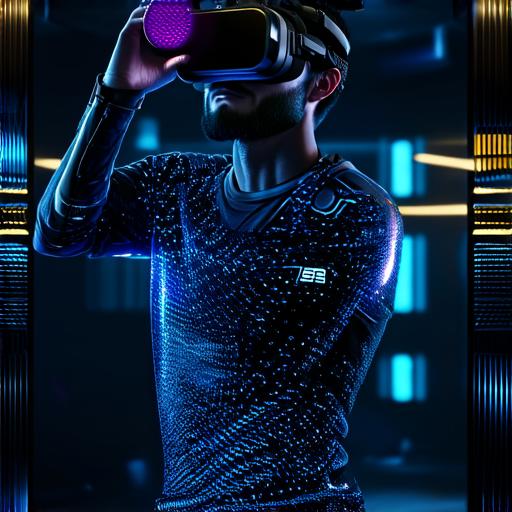
When will virtual reality become accessible?
Virtual reality (VR) technology has been around for decades, but it’s only in recent years that we’ve seen a rapid advancement in the field. With the rise of smartphones and computers, VR has become more accessible to everyday consumers.
However, there are still many challenges facing the development of VR technology, and we can expect to see even more advancements in the coming years.
One of the biggest challenges facing VR is its cost. While consumer-grade VR systems have become more affordable, they are still quite expensive compared to other forms of entertainment such as movies or video games.
Additionally, VR hardware requires high-performance computers and powerful graphics cards, which can be even more expensive to purchase.
Another challenge facing VR is its accessibility. While some people may have the financial resources to purchase a VR system, not everyone has access to the necessary technology or infrastructure to use it effectively
For example, many workplaces and schools still do not have the necessary equipment to support VR, making it difficult for these organizations to take advantage of this emerging technology.
However, there are some promising signs that suggest we may see a shift in the accessibility of VR technology in the near future. For example, advancements in wireless technology could make it easier for people to use VR systems without being tethered to their computers or other devices
Additionally, as more and more people adopt smartphones and tablets, we can expect to see a rise in the development of mobile-friendly VR systems that are more accessible to everyday consumers.
Despite these challenges, there are already many exciting applications for VR technology that could change the way we work and play
For example, VR is being used in fields such as healthcare, education, and tourism to provide immersive experiences that would be impossible otherwise
In healthcare, for example, VR can be used for surgery simulations or even as a tool for therapy.
In education, VR can provide students with a more engaging learning experience by allowing them to explore virtual environments and interact with virtual objects in a way that is not possible in real life

In tourism, VR can allow people to explore exotic locations without ever leaving their homes.
One of the most exciting applications of VR technology is its potential for gaming. With VR, gamers can immerse themselves in virtual environments and engage with characters in a way that was previously impossible
This has already led to the development of some truly groundbreaking games, such as “Beat Saber” and “Job Simulator,” which have become instant classics among VR enthusiasts.
Despite these exciting developments, there are still many challenges facing VR technology. However, if we continue to see advancements in both hardware and software, we can expect to see a shift in the accessibility of VR technology in the coming years
Whether it’s used for gaming, healthcare, education, or other applications, VR has the potential to change the way we interact with the world around us.


